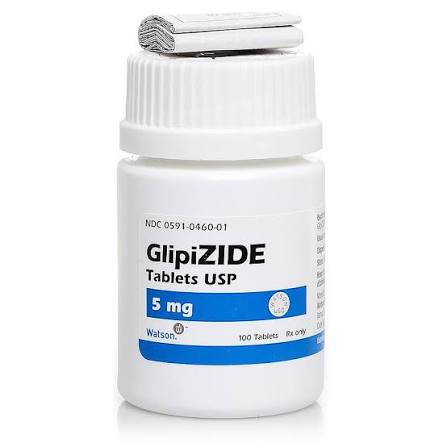Learn everything you need to know about Glipizide for cats — how it works, when it’s prescribed, potential side effects, and safer alternatives for managing feline diabetes.
When a cat is diagnosed with diabetes mellitus, it can be an emotional and confusing time for any pet parent. Managing this chronic condition requires a careful balance of diet, medication, and monitoring. One of the oral medications that veterinarians may prescribe is Glipizide, a drug designed to help regulate blood sugar levels in diabetic cats. Although not suitable for every feline, Glipizide can play an important role in specific cases of feline diabetes.
What Is Glipizide and How Does It Work?
Glipizide is an oral hypoglycemic medication belonging to a class of drugs called sulfonylureas. It works by stimulating the pancreas to release more insulin. In cats with type II diabetes mellitus, some pancreatic cells still produce insulin, but not enough to maintain normal blood sugar levels. Glipizide helps encourage these remaining cells to release additional insulin, thereby lowering blood glucose levels.
Unlike insulin injections, Glipizide is given orally, usually in tablet form. The convenience of pills may appeal to some pet owners, especially if their cat is difficult to inject. However, Glipizide is only effective in cats that still have some pancreatic function — it won’t work for those with type I diabetes or severely damaged insulin-producing cells.
When Do Veterinarians Prescribe Glipizide for Cats?
Veterinarians usually consider Glipizide for cats who:
- Have mild to moderate type II diabetes.
- Are difficult to handle or inject, making insulin therapy challenging.
- Show some residual pancreatic insulin production based on diagnostic testing.
Even then, Glipizide is often used as a temporary or secondary treatment. Many vets recommend starting with insulin therapy first since it offers more precise control of blood glucose levels. If the cat’s response to insulin stabilizes over time, Glipizide may be considered as part of a transition or maintenance plan.
Dosage and Administration
The standard starting dose is typically 2.5 mg to 5 mg twice daily, but your vet will determine the exact dosage based on your cat’s weight, age, and blood sugar readings. Glipizide should always be administered with food to reduce the risk of stomach upset. Regular blood glucose monitoring and follow-up visits are critical, as uncontrolled diabetes can lead to severe complications like diabetic ketoacidosis (DKA).
Possible Side Effects of Glipizide in Cats
While Glipizide can help stabilize blood sugar in some cats, it’s not without risks. Common side effects include:
- Vomiting or loss of appetite
- Liver toxicity (indicated by elevated liver enzymes)
- Jaundice (yellowing of the eyes or skin)
- Low blood sugar (hypoglycemia)
If your cat shows weakness, tremors, confusion, or excessive sleepiness, contact your vet immediately — these could be signs of dangerously low glucose levels.
Alternatives and Long-Term Management
Most diabetic cats respond better to insulin therapy combined with a low-carbohydrate diet. Dietary management, weight control, and regular blood glucose checks can even lead to remission in some cases. Always work closely with your veterinarian to tailor a treatment plan that fits your cat’s needs and lifestyle.
For pet owners seeking trusted information and high-quality pet health supplies, you can visit petworldgdl.com for additional resources and products to support feline wellness.
Final Thoughts
While Glipizide for cats offers an alternative to insulin injections, it’s not the best choice for every feline. It should only be used under strict veterinary supervision, with regular bloodwork and monitoring. If your cat has been diagnosed with diabetes, discuss all available treatment options with your vet — early intervention and consistent care are key to keeping your cat healthy, happy, and thriving.





